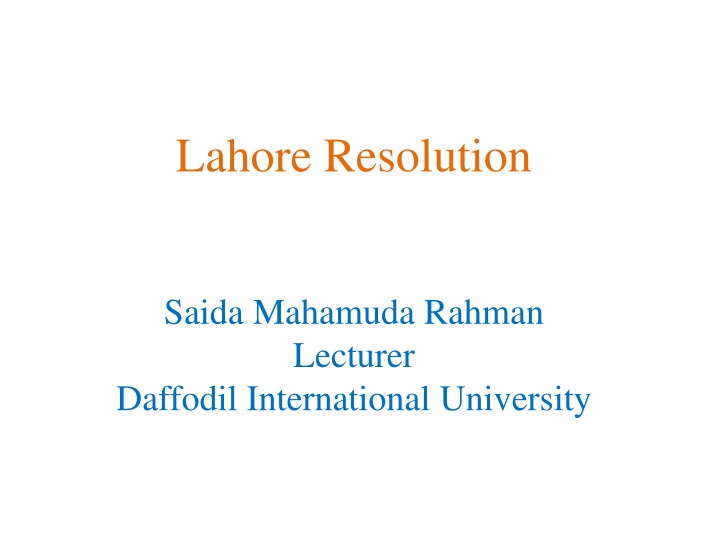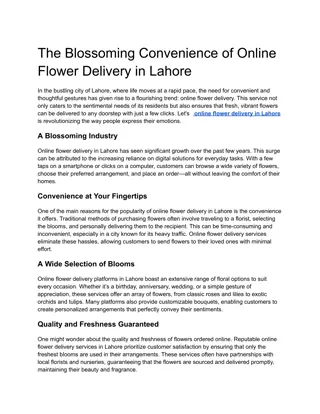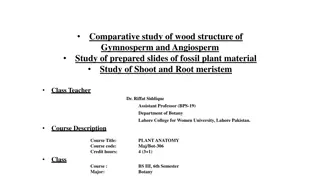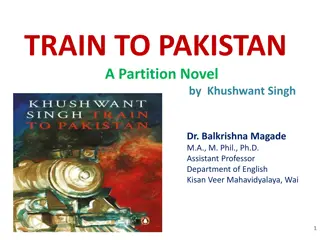
Lahore Resolution and Independence of Pakistan and India
Explore the historical context and significance of the Lahore Resolution, which paved the way for the independence of Pakistan and India from British rule. Learn about key events such as Mohammed Ali Jinnah's efforts to secure Muslim interests, the demands for separate Muslim homelands, and the impacts of the resolution on communal relations and the eventual partition in 1947.
Download Presentation

Please find below an Image/Link to download the presentation.
The content on the website is provided AS IS for your information and personal use only. It may not be sold, licensed, or shared on other websites without obtaining consent from the author. If you encounter any issues during the download, it is possible that the publisher has removed the file from their server.
You are allowed to download the files provided on this website for personal or commercial use, subject to the condition that they are used lawfully. All files are the property of their respective owners.
The content on the website is provided AS IS for your information and personal use only. It may not be sold, licensed, or shared on other websites without obtaining consent from the author.
E N D
Presentation Transcript
Lahore Resolution Saida Mahamuda Rahman Lecturer Daffodil International University
Background Muslim suffered discriminations under Congress rule Mohammed Ali Jinnah called a meeting To analyze the reasons for the defeat in the election of 1937 & WW2 issue Congress rule was clearly Hindu domination Jinnah s concern was to secure Muslim s interest Demand for separate Muslim homelands Two nations theory: Jinnah s statement
Lahore Resolution Resolution was placed by A.K. Fazlul Haque The proposal turned into Pakistan proposal In which the Muslims are numerically in a majority as in the North-Western & Eastern zones of India should be grouped to constitute Independent States Constituent units shall be autonomous & sovereign
Resolution Rights & interests of the minor community should be preserved Independent units will enjoy the rights in defence sector, foreign relations, communications, revenues & other sectors Reactions of Congress, Bengali Muslims & the British Impacts: Bloody communal clash between Hindu & Muslims The British decided to divide India Pakistan got independence on 14 August, 1947
Independence of Pakistan & India During the British government offered several proposals The August resolution : 1940 Cripps mission : 1942 The Cabinet Mission Plan: 1946 Attlee s Declaration : February 1947 The Mountbatten Plan: June 1947 The Indian Independence Act- 1947 Division of India in 1947
The Indian Independence Act- 1947 Clement Attlee (an advocate of free India) declared to grant full self-government by June 1948 British India will be divided into two fully sovereign dominions The provinces of Bengal and Punjab will be divided ; Sylhet Office of the Governor-General will be established in the newly formed countries British controlling would be terminated over the princely states British monarch can no longer use the title the Emperor of India The act was enacted on 18 July in 1947
Partition of Bengal 1947
United Bengal Movement Huseyn Shaheed Suhrawardy & Abul Hashim put forward a proposal for United Independent Bengal Sarat Chandra Bose, K. S. Roy Suhrawardy- Bose Agreement Bengal would be a Free State Seats in the Legislature for Hindu & Muslim would be proportionate Hindus & Muslims would have an equal share in the cabinet Chief minister would be a Muslim & the Home minister a Hindu Job sector would offer equal facilities
Reactions Congress & League leaders denounced the scheme Reactions of the Indian National Congress Muslim league reactions The British reactions Activities of the Hindu Mahasabha Activities of the business class of Calcutta Mountbatten was in favour of congress
Reasons for failure Inadequate share in Bengal Government (1937-47) Distribution of population of Bengal was on communal line Absence of good inter-communal relationships : riots The proposal has come too late Veto of the congress high command Had no mass appeal Hindu majority districts decided by 58 votes to 21 that Bengal should be partitioned Muslim majority districts decided by 106 to 35 that Bengal should be united
East Bengal got 63.80% land and 64.86% population Ratio of Hindus & Muslims was 29.17 : 70.83 where as in West Bengal 74.99 : 25.01 Some Muslim majority districts have been merged with West Bengal Khulna and Hill Tracts have been merged with East Bengal
Role of Bengali Muslims in formation of Pakistan State Election of 1937 Bengali self-determination was the Lahore Resolution in 1940 The resolution initially called for the creation of a sovereign state in the "Eastern Zone" of British India Election of 1946 Bengali Muslims voted overwhelmingly for the Muslim League in 1946 Huseyn Shaheed Suhrawardy Abul Hashim strengthened the Muslim League in Bengal Maulana Bhashani devoted himself to Pakistan movement






















